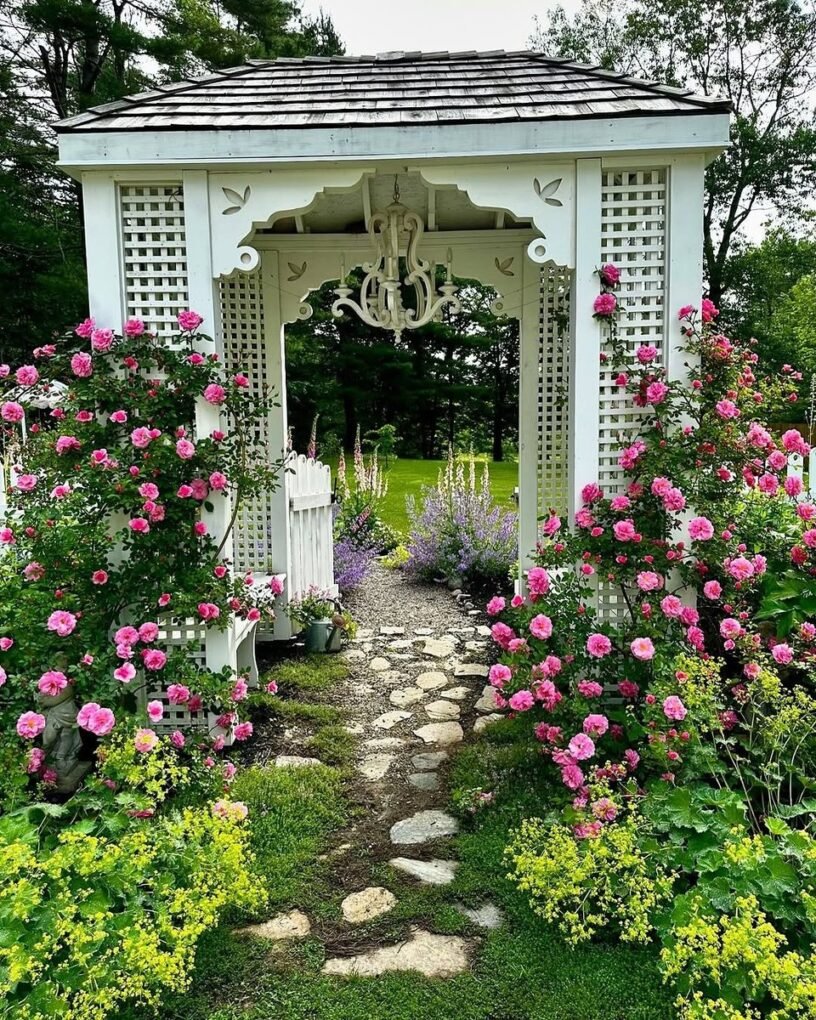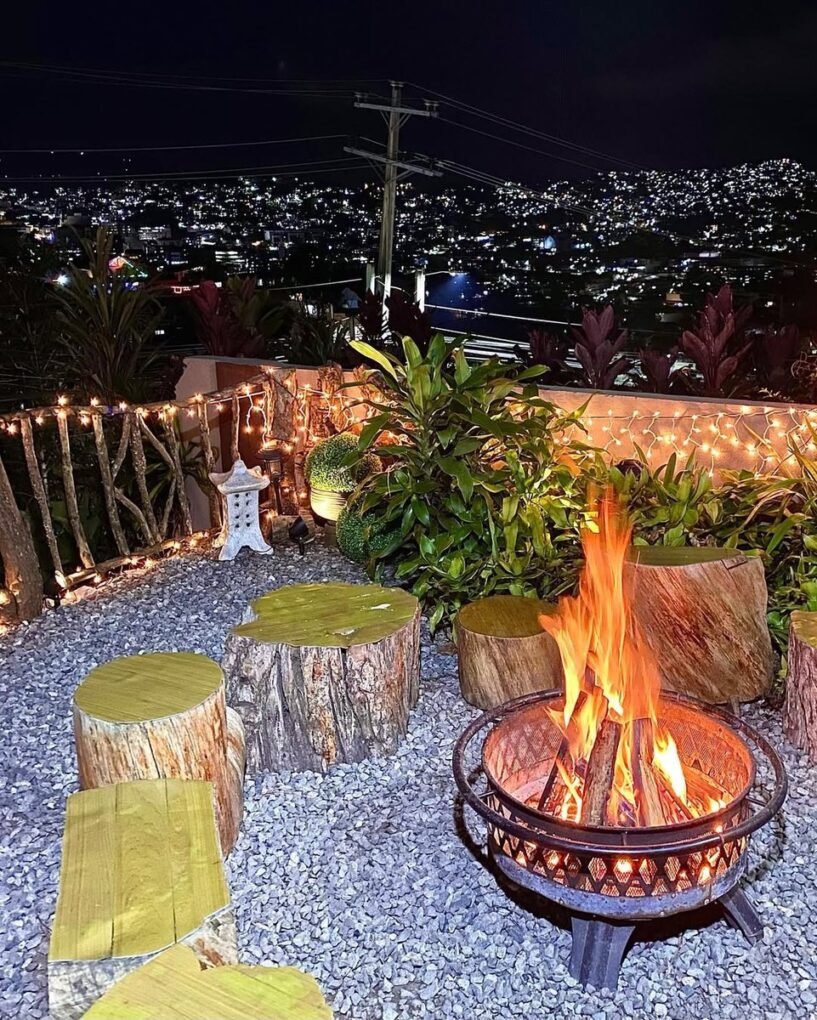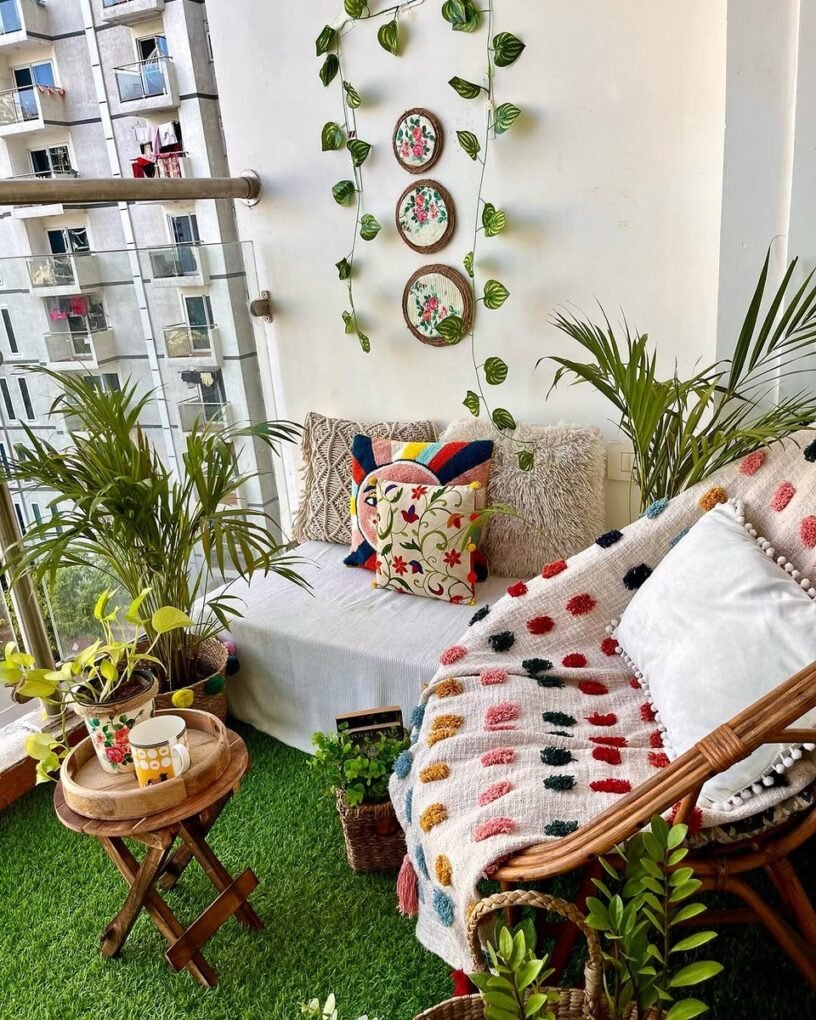When we think of gardens and summer, there is an important factor: lush green lawns. Maintaining a lawn can sometimes seem overwhelming but growing and maintaining a healthy green lawn is not necessarily a time-consuming task. In addition to regular mowing and occasional fertilization, lawns are easy to maintain, and most lawns can only grow on healthy soil.
The idea of a backyard should not be overwhelming, but a healthy lawn and beautiful landscaping will add luster to your home to ensure added value and comfort. When planting grass seeds, make sure they are suitable for your region, avoid sunlight and light rain.

Through this article we will focus on different types of grass for you lawn and which type suits your needs.
TYPES OF GRASS FOR YOUR LAWN
Lawn grass is usually divided into two categories: warm and cool-season lawns. Determine whether your home is in the warm or cool season and choose a lawn that is right for your area.
WARM SEASON LAWN
Warm-season grasses show strong growth from April to October and are resistant to heat and drought. In winter and lower temperatures, most varieties are in a dormant period, during which they may turn brown and only turn green in warm weather. Some examples include:

- Bermuda Grass: Bermuda Grass can tolerate high temperature and can also withstand colder period. Bermuda grass has dark green pointed leaves with a living root system of rhizomes and stems, which form a dense lawn. They also don’t need to be mowed often reducing the number of lawn mowers in summer.
- Centipede Grass: Centipede grass has bright green jagged leaves. It grows on the stolon stem to traverse the ground horizontally to form a dense lawn. Like Bermuda grass, centipede grass grows closer to the ground and requires fewer cuts. In arid areas, to survive they need to be watered regularly and evenly. They also require less fertilizers, unlike other warm-season grasses.
- Augustine Grass: St. Augustine is a slow-growing variety that has broad and thick leaves and is slightly rounded at the tip of the grass. It can withstand a large amount of heat and sunlight and is very popular on the Gulf Coast. It needs to be watered frequently. Although St. Augustine grass is not as soft as some grasses, it can grow on sandy soil and can withstand heavy foot traffic and lawn equipment.
- Zoysia Grass: Zoysia grass and St. Augustine grass have certain similarities. It grows slowly, prefers sunlight, and produces tough, dense leaves and is watered less. When exposed to cold weather for a long period of time, it usually becomes dormant and brown but turns green again during the warm season.
COOL SEASON LAWN
Cool-season grasses are ideal for areas with seasonal fluctuation where the summer season is hot and dry, and the winter temperature drops below the freezing point. Their growth is seen during the spring and fall (temperatures between 60 and 75 degrees) and may not be active in extreme weather conditions. heat. Some examples include:

- Fine Fescue Grass: Fine Fescue is a fast-growing plant with very thin leaves. It cannot withstand extremely hot and dry weather for a long time, but it is an ideal choice for northern climates because it can withstand temperature fluctuations and can thrive in sunlight and shade. It is an ideal seed to be planted under a tree. Remember, there are a variety of species of fine fescues, therefore, make sure to plant one that is suitable for your area.
- Tall Fescue Grass: Tall fescue can cope with hot and dry weather in the colder season and is much better than other grasses. Its thick and rough dark green leaves can withstand heavy traffic and mechanized lawn equipment.
- Perennial Ryegrass: Perennial ryegrass has very thin, soft and pointed leaves, but surprisingly it resists pedestrians. It is popular because it grows vigorously, sprouts and roots faster than other strains in the sun and shade in the colder season. As part of a lawn seed mix; it is usually mixed with Kentucky bluegrass seeds to create a more shade-tolerant lawn.
- Kentucky Bluegrass: Kentucky bluegrass is considered to be the most popular of all the cool season grass. It has dark green V-shaped leaves, which are smooth but can resist pedestrians and lawn mowers. Thanks to the powerful underground root system of rhizomes, Kentucky bluegrass grows rapidly. In fact, it is called "self-healing", which means that it can grow rapidly in damaged areas. It can tolerate sunlight and partial shadows, but it can resist areas with dense shadows.
WRAP UP
Here, we observed that there are two different types of grass for you lawn which are suitable in different conditions and each have a variety of options to make your lawn look lush and green. Choose the type that sets best with your seasonal condition and you are set for the summer.




